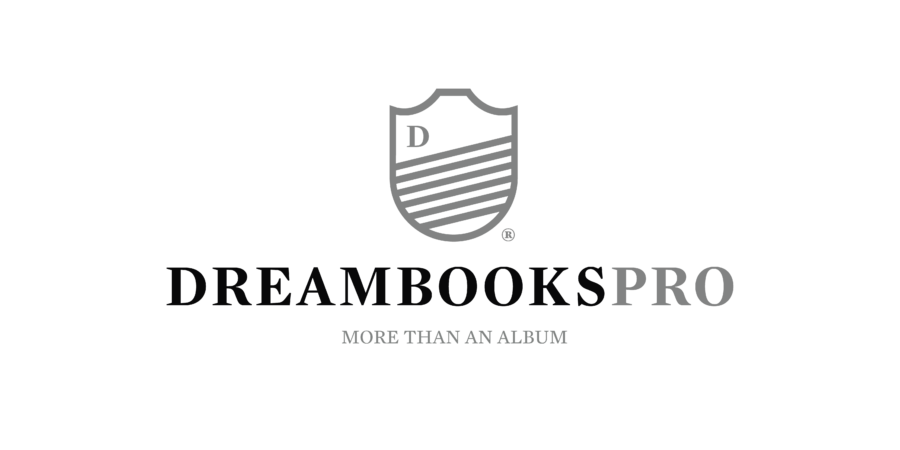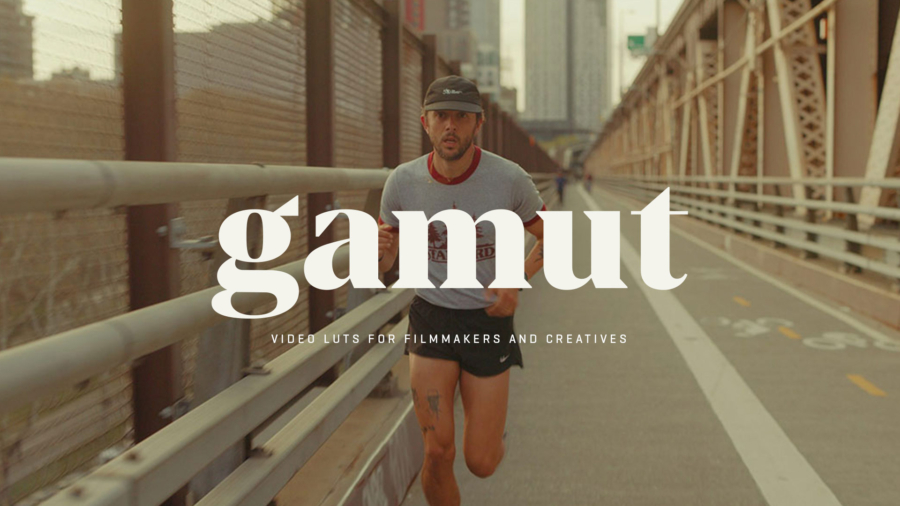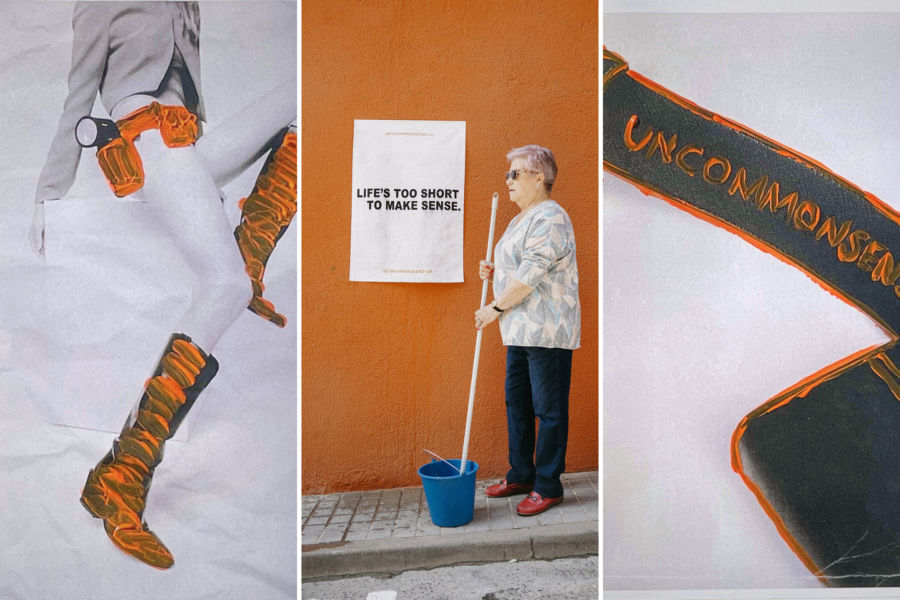Interfade: Smooth Moves in Wedding Filmmaking
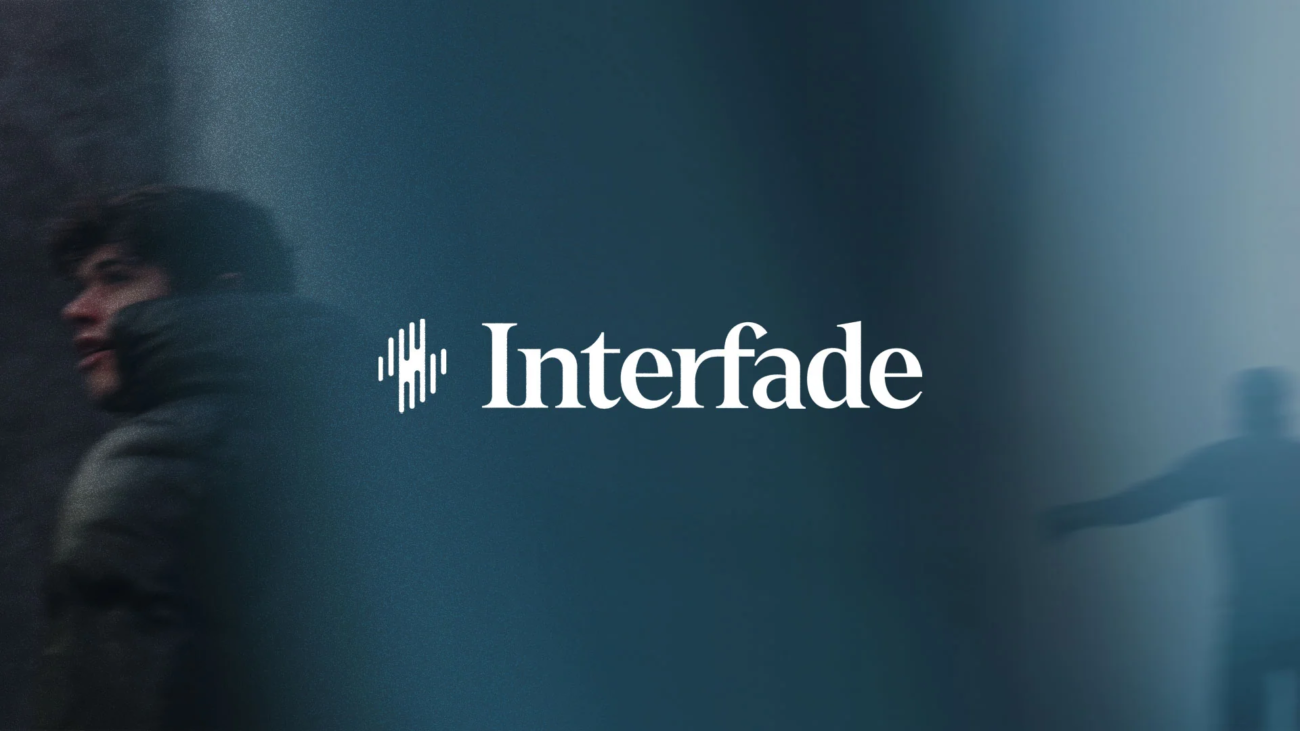
Levi Tijerina, an upcoming presenter at Way Up North Lisbon this October, has always had a knack for turning creative ideas into tangible products. After a decade as a destination wedding photographer, Levi’s entrepreneurial spirit led him to explore new horizons. His latest venture, Interfade, is a testament to his understanding of filmmakers’ needs.
Born from the desire to streamline the editing process without compromising on quality, Interfade offers a fresh take on transitions for wedding films. We sat down with Levi to discuss how this clever tool is changing the game for filmmakers, one smooth transition at a time.
Interfade
For those unfamiliar, what exactly is a transition in filmmaking?
A transition is essentially a way to bridge two sequences together in your narrative. There are a lot of ways to do this, and more importantly, no real rules on how to do this.
Why can’t filmmakers simply create these transitions manually in their editing software?
They can—and honestly this is the biggest push-back we get from people, ha. But the reality is that we film these in locations across the world and we’ve filmed hundreds of our transitions and we only deliver 10% of what we shoot. You can make your own—and that’s totally fine—but we’re filming all of ours on RED cameras, with a global shutter, and creating custom SFX for every clip, which honestly is just great to have in a pinch. And it’s way, way cheaper to use these than it would be to fly to NYC or Tokyo for some b-roll.
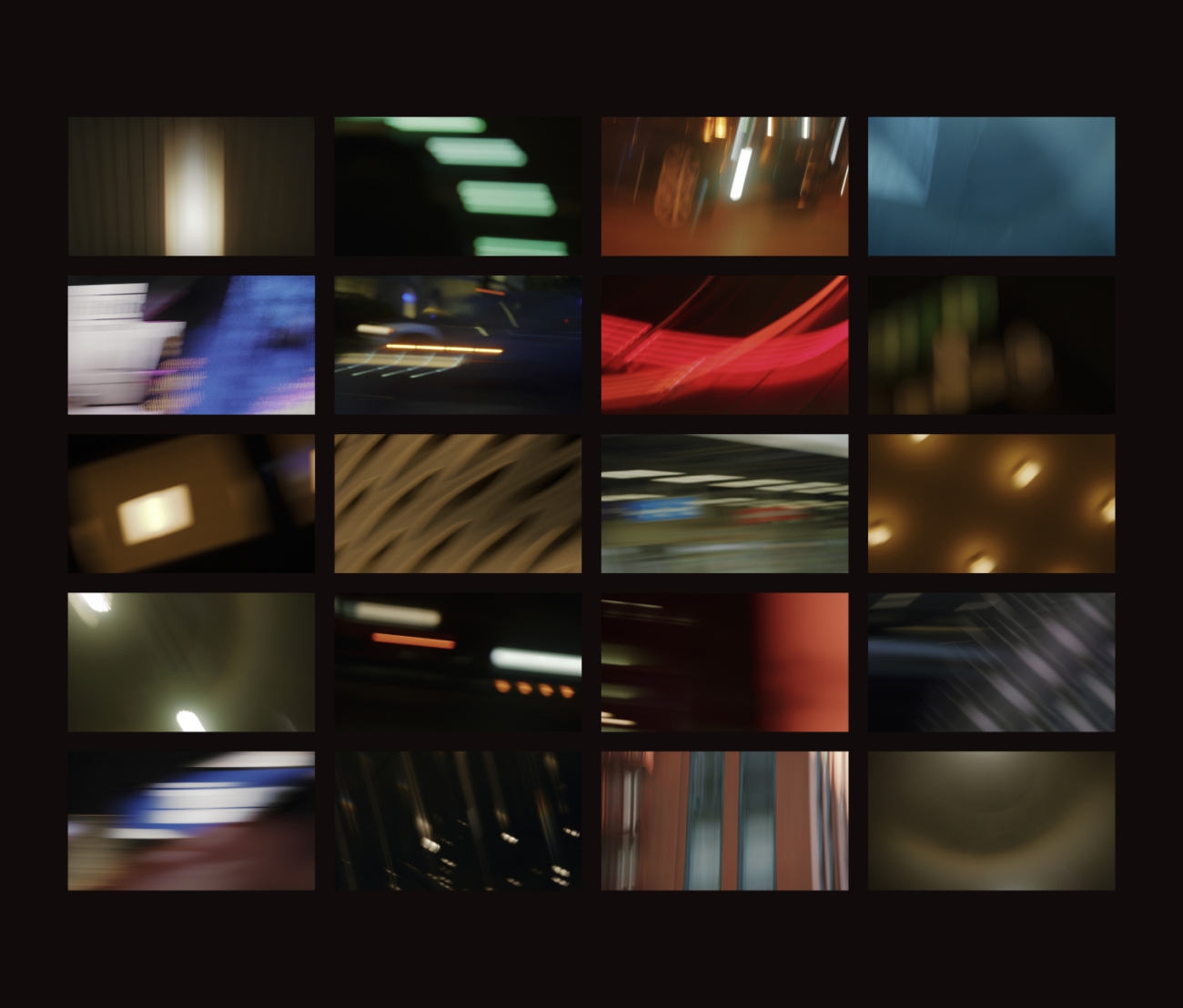
How do Interfade’s transitions differ from the standard options found in most editing programmes?
Most transitions are ‘plugin’ transitions—which means there are customizations at the beginning or end, and you can adjust the intensity and duration. Ours are actual video clips with SFX, which means you can add them anywhere in your sequence and use them with or without sound. This also means we can deliver them for us without needing to build custom tech and prioritizing various versions for specific programs.
In what ways can well-chosen transitions enhance the storytelling in a wedding film?
Story is everything. And the way you bridge your story matters. It creates energy, flow, and cadence that can get cut off at the knees if you don’t transition it well. Audio is also a key element of transitions that is often overlooked, but in the world of social media, where not everyone is playing a video with audio, you’ve got to consider the best way to build pacing & narrative—and that will vary depending if what you’re showing is 30 seconds or 5 minutes.
Can you explain the concept of ‘Modern Transitions for Modern Filmmakers’? What makes a transition ‘modern’?
Modern is about customization. It’s about making things for today. Video is notoriously an industry that is focusing on rules and ‘proper technique.’ And there’s a place for that, but our world today is evolving at a pace where if you only play by the book, you’ll always be behind. So we want to create things that help people move quickly, pace their films, and focus on what they’re creating right now…now on all the things they ‘should’ be doing.
How does using pre-made transitions like Interfade’s impact the editing workflow and timeline?
Our goal is speed. Helping creators find a tool that will help them fill in their timeline and wrap edits in post faster than before without relying on the same 3-4 ‘plugin’ transitions that they typically have used in the past. Variety + dexterity.
Are there specific genres or styles of wedding films that particularly benefit from Interfade’s transitions?
We’ve found that users really prefer to use these transitions on sequences that need to move fast—where attention is an asset. So for social cut downs, shorts, and high-energy shots that’s where we really excel, particularly for wedding films.
How does Interfade balance creating eye-catching transitions without overshadowing the actual footage?
Our goal is to add to your footage by creating imagery that can catch attention quickly, and then hand off that attention to the really crux of your narrative, which is your actual film, sound design, and story.


